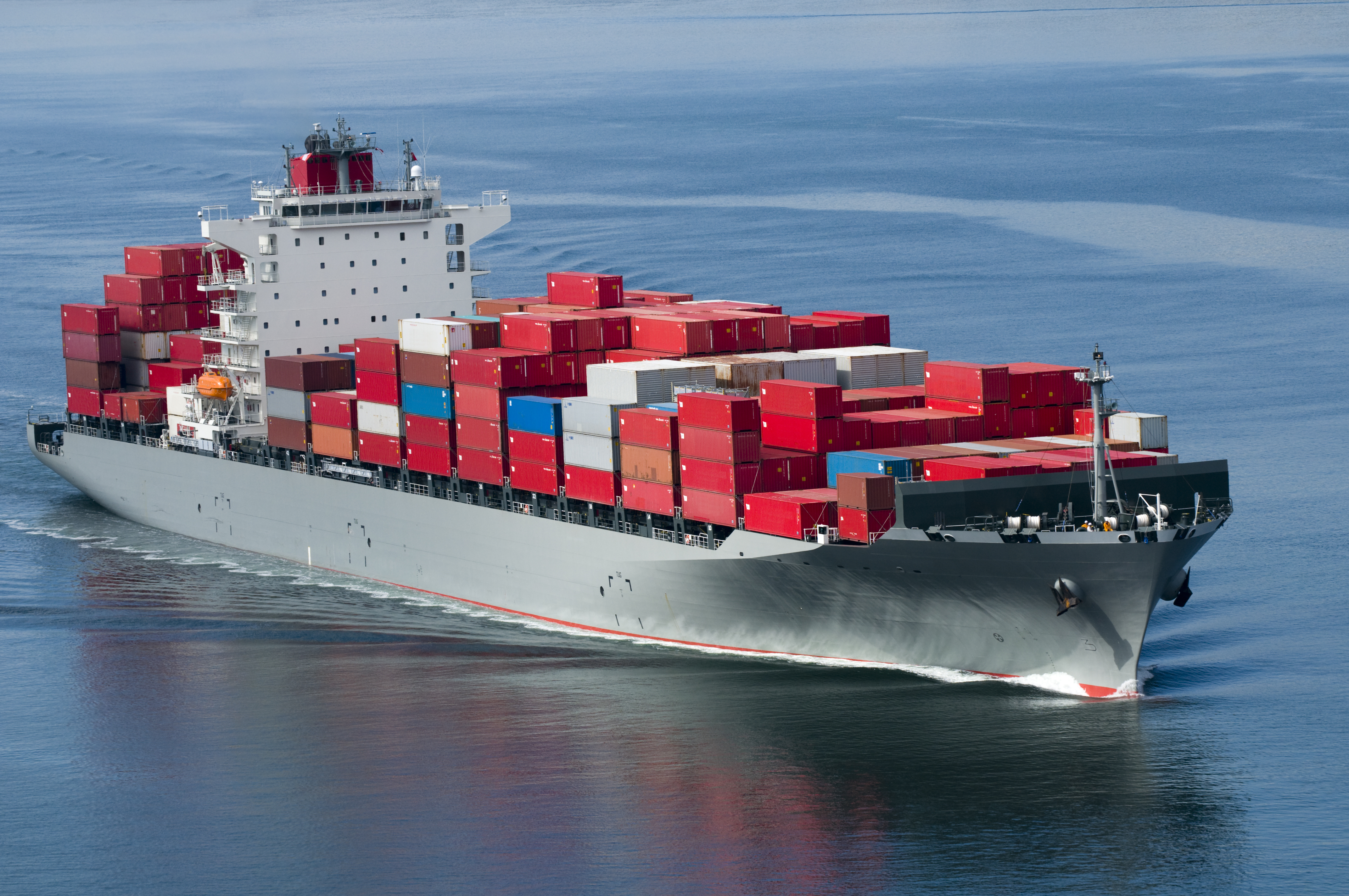 The global debate on trade and sustainability has reached a crucial moment. Over the past forty years, as the global economy has more than quadrupled, the share of trade in the global GDP has increased to almost 30%, linking countries from around the world in value chains that connect consumers and producers in an intricate web with far reaching environmental and economic consequences.
The global debate on trade and sustainability has reached a crucial moment. Over the past forty years, as the global economy has more than quadrupled, the share of trade in the global GDP has increased to almost 30%, linking countries from around the world in value chains that connect consumers and producers in an intricate web with far reaching environmental and economic consequences.
In the context of the Rio+20 Conference, UNEP began exploring the potential of trade to become a driver not only of GDP growth but, more importantly, a transformational change to a green economy. This poses crucial questions, such as: what policies can be put into place to harness the explosive growth for new products that are responsibly produced and fairly traded? How are countries positioned to benefit from increased consumer demand for organically grown or emerging green markets? How can developing countries especially, use green trade as a tool for sustainable development?
In response to the incrementing importance of international trade for sustainable development, and coinciding with imminent changes of leadership in leading international trade organisations (WTO, UNCTAD, ITC), UNEP published the report “Green Economy and Trade – Trends, Challenges and Opportunities”, which attempts to answer some of these thorny questions. The report was launched at a High-Level event in Geneva on 8 May 2013, featuring Achim Steiner, UNEP Executive Director; Pascal Lamy, WTO Director General; selected national ministers of environment; and interdisciplinary experts from various international institutions and governments.
The report demonstrates how the relationship between trade and the transition to a green economy is complex and multifaceted. Trade clearly has the potential to facilitate the transition to a green economy, for example by fostering the exchange of environmentally friendly goods and services. Similarly, the transition to a green economy can create new trade opportunities by opening up new export markets for sustainably produced or certified products and by greening various elements of the supply chains.
The report analyses six economic sectors where a wealth of opportunities for green trade are assessed – agriculture, fisheries, forests, manufacturing, renewable energy and tourism. It identifies a number of measures, including policy reforms and certification that could help developing countries benefit from these markets, and suggests enabling actions such as public investment in key areas, market-based instruments, and regulatory frameworks. The report finds that developing countries with abundant renewable resources are well-positioned to capitalize on the opportunities to increase their share in international markets for sustainable goods and services.
The report also highlights key trends in the six identified economic sectors. For example:
- Agriculture: The global market for organic food and beverages is projected to grow to US$105 billion by 2015, compared to US$62.9 billion in 2011.
- Fisheries and aquaculture: Wild-capture fisheries already certified or in full assessment, record annual catches of around 18 million metric tonnes of seafood. The total value of seafood that has been farmed according to certified sustainability standards is forecast to increase to US$1.25 billion by 2015.
- Forestry: As of early 2013, the total area of certified forest worldwide stands at close to 400 million hectares, amounting to approximately 10 per cent of global forest resources and a sales value of over US$20 billion per annum.
- Manufacturing: Many suppliers are greening their practices in order to secure their positions within international supply chains. For example, global ISO 14001 certifications on environmental management increased by 1,500 per cent between 1999 and 2009.
- Renewable energy: Since 1990, annual global growth in solar photovoltaic, wind and biofuel supply capacity has averaged 42, 25 and 15 per cent respectively. The global market in low-carbon and energy efficient technologies, which include renewable energy supply products, is projected to nearly triple to US$ 2.2 trillion by 2020.
- Tourism: In developing countries, this industry's market share has increased from 30 per cent in 1980 to 47 per cent in 2011, and is expected to reach 57 per cent by 2030. In 2012, for the first time, international tourism arrivals reached one billion per year.
Through analysis and case studies, the report illustrates that sustainable and responsible trade has become much more prominent in recent years. However, given its as-yet small proportion in relation to global trade volumes today, there is an urgent need to significantly scale-up and expand capacity building efforts to both harness existing opportunities and create new ones.
In response to that need, UNEP engages to provide governments, the private sector and other stakeholders with targeted information and assistance for formulating trade and green economy strategies and policies through the Green Economy and Trade Opportunities Project. The private sector and civil society groups play a major and vital role in this process, and UNEP remains very keen to work with those groups to advance the green economy in the context of sustainable development and poverty eradication.

